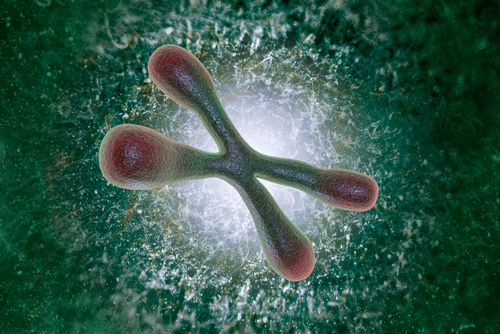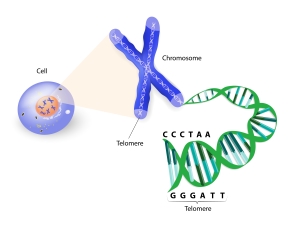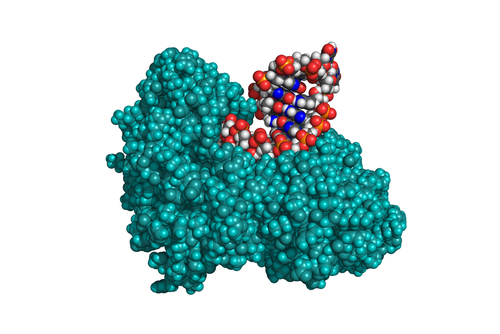Author:
 History:
History:
In 1971, the telomere theory of aging was proposed by Russian scientist
Example:
Since organism functional efficiency for many species (e.g.: vertebrates) depends on a continuous cell turnover, the progressive replicative senescence and the progressive alterations caused by cell senescence bring about a progressive decay of living functions.
Description of the Theory:
 In 1961, L. Hayflick discovered that cultured human skin cells have limited capacity to divide — not more than 50 times — after which they become senescent — a phenomenon now known as the «Hayflick limit». However, Hayflick did not explain the mechanisms of this phenomenon.
In 1961, L. Hayflick discovered that cultured human skin cells have limited capacity to divide — not more than 50 times — after which they become senescent — a phenomenon now known as the «Hayflick limit». However, Hayflick did not explain the mechanisms of this phenomenon.
In 1971,  hypothesis, in each cell division, the end segments of chromosomes — telomeres — are unable to be fully copied. Therefore, telomeres become shorter after each cell division. In a certain moment, telomeres get so short, that cell becomes unable to divide. Such cell gradually lose vital capacity, and this is cell aging properly, according to the telomere theory of aging.
hypothesis, in each cell division, the end segments of chromosomes — telomeres — are unable to be fully copied. Therefore, telomeres become shorter after each cell division. In a certain moment, telomeres get so short, that cell becomes unable to divide. Such cell gradually lose vital capacity, and this is cell aging properly, according to the telomere theory of aging.
Additions and Сriticism:
 In 1985 an enzyme called telomerase was discovered, and the Olovnikov’s theory was successfully confirmed. Telomerase maintains telomere length in cancer and germ cells, making such cells immortal. As the result, not all the cells have a limit in 50–60 divisions: cancer and germ cells have infinite replicative potential. Nevertheless, relationship of cell aging with telomeres shortening is generally acknowledged.
In 1985 an enzyme called telomerase was discovered, and the Olovnikov’s theory was successfully confirmed. Telomerase maintains telomere length in cancer and germ cells, making such cells immortal. As the result, not all the cells have a limit in 50–60 divisions: cancer and germ cells have infinite replicative potential. Nevertheless, relationship of cell aging with telomeres shortening is generally acknowledged.
Publications:
- Xi, Huanjiu, et al. «Telomere, aging and
age-related diseases." Aging clinical and experimental research 25.2 (2013): 139–146. - Blasco, Maria A. «Telomere length, stem cells and aging." Nature chemical biology 3.10 (2007): 640–649.
- Harley, Calvin B., et al. «The telomere hypothesis of cellular aging." Experimental gerontology 27.4 (1992): 375–382.
-
Levy, Michael Z., et al. «Telomere
end-replication problem and cell aging." Journal of molecular biology 225.4 (1992): 951–960.